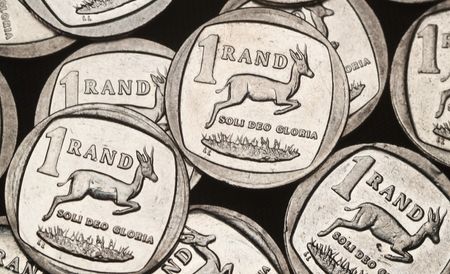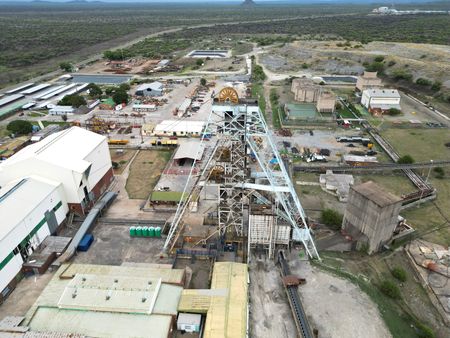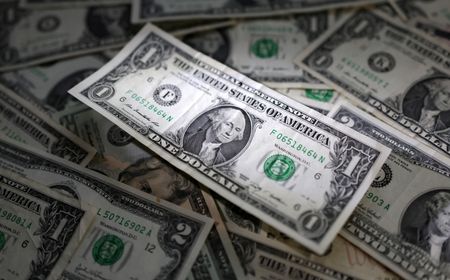By Siyi Liu
SINGAPORE (Reuters) – Oil prices extended gains on Tuesday amid concerns over Russian and Iranian oil supply and sanctions threats, despite worries that escalating trade tariffs could dampen global economic growth.
Brent crude futures were up 55 cents, or 0.72%, at $76.42 a barrel by 0717 GMT, while U.S. West Texas Intermediate crude rose 50 cents or 0.69% to $72.82.
Both contracts posted gains of near 2% in the prior session after three weekly losses in a row.
“It’s more financially driven and price mean aversion rather than fundamental. Brent went from over $80 per barrel (in mid-January) to $74 (last week) so its time to take the position again,” LSEG analyst Anh Pham said.
The rebound came amid signs of tightening supplies, ANZ analysts said in a research note.
ANZ analysts noted Russian oil production fell short of its OPEC+ quota in January, easing concerns of an oversupply. Output fell to 8.962 million barrels per day (bpd) and is 16,000 bpd below its approved levels under the production agreement.
Shipping of Russian oil to China and India, the world’s major crude oil importers, has been significantly disrupted by U.S. sanctions last month targeting tankers, producers and insurers.
Adding to supply jitters are U.S. sanctions on networks shipping Iranian oil to China after President Donald Trump restored his “maximum pressure” on Iranian oil exports last week.
But countering the price gains was the latest tariff by Trump which could dampen global growth and energy demand.
Trump on Monday substantially raised tariffs on steel and aluminium imports to the U.S. to 25% “without exceptions or exemptions” to aid the struggling industries that could increase the risk of a multi-front trade war.
The tariff will hit millions of tons of steel and aluminium imports from Canada, Brazil, Mexico, South Korea and other countries.
Trump last week introduced 10% additional tariffs on China, for which Beijing retaliated with its own levies on U.S. imports, including a 10% duty on crude.
Also weighing on crude demand, the U.S. Federal Reserve will wait until the next quarter before cutting rates again, according to a majority of economists in a Reuters poll who previously expected a March cut.
The Fed faces the threat of rising inflation under Trump’s policies. Keeping rates at a higher level could limit economic growth, which would impact oil demand growth.
U.S. crude oil and gasoline stockpiles were expected to have risen last week, while distillate inventories likely fell, a preliminary Reuters poll showed on Monday.
The poll was conducted ahead of weekly reports from industry group, the American Petroleum Institute, due at 4:30 p.m. ET (2130 GMT) on Tuesday and an Energy Information Administration report due on Wednesday.
(Reporting by Siyi Liu in Singapore and Georgina McCartney in Houston; Editing by Christian Schmollinger, Kim Coghill and Ed Osmond)










